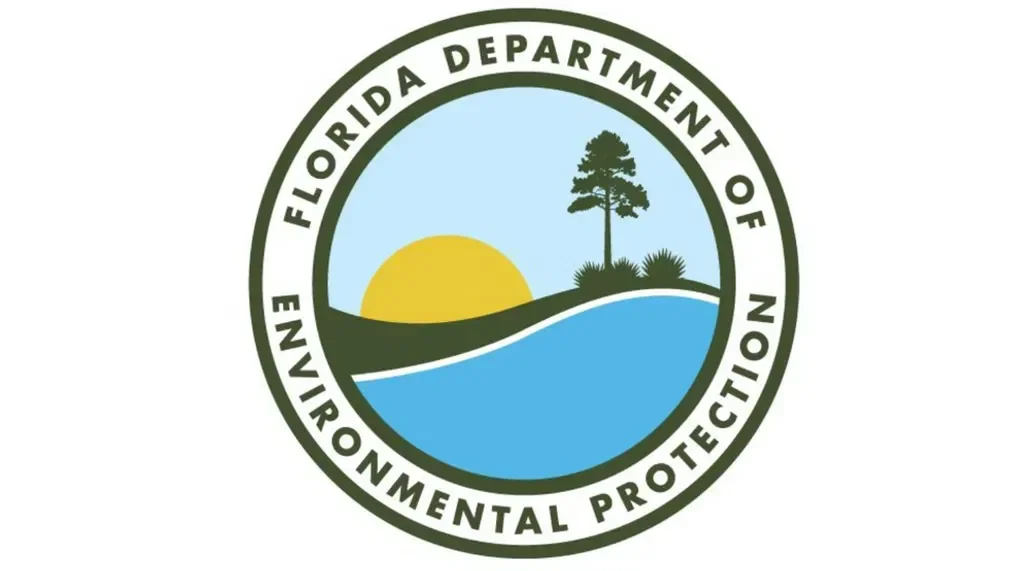Understanding FDEP Requirements for Environmental Permits
Florida land development starts with FDEP compliance
Before breaking ground in Florida, developers must understand what the Florida Department of Environmental Protection (FDEP) requires. From wetlands to stormwater, the agency regulates environmental impacts that could delay—or deny—your site plan approval.
In this post, RSP Engineers outlines the key FDEP permit types, what triggers them, and how early civil engineering coordination helps avoid setbacks.
What Is the FDEP?
The Florida Department of Environmental Protection (FDEP) is the lead agency for managing and protecting Florida’s natural resources. It oversees permits related to:
Water quality and discharges
Wetlands and surface waters
Wastewater and stormwater systems
Contaminated site cleanup
Coastal construction
For developers, FDEP is a critical gatekeeper in the entitlement and pre-construction phase. Failure to comply can stop a project midstream.
Key FDEP Permits Developers Should Know
| Permit Type | When It's Required | Agency Review Details |
|---|---|---|
| Environmental Resource Permit (ERP) | When altering wetlands or affecting surface water flow | Jointly reviewed by FDEP and Water Management Districts |
| National Pollutant Discharge Elimination System (NPDES) | For construction sites over 1 acre | Stormwater pollution prevention planning (SWPPP) is required |
| Wastewater/Water Facility Construction Permit | When connecting to or building water/sewer infrastructure | Requires design documents from a licensed engineer |
| Coastal Construction Control Line (CCCL) Permit | For projects within 1,000 feet of the coastline | Strict review of erosion, flood, and habitat impacts |
| Air Permit (if applicable) | For industrial facilities or generators | Includes review of potential emissions and air quality controls |
How FDEP Review Affects Project Timelines
FDEP permitting can take 30 to 180 days, depending on the type of permit and environmental sensitivity of the site. Early coordination is key. Expect review time to increase when:
Wetlands are present
Protected species are documented on-site
Public objections are filed during comment periods
Design changes occur mid-review
To keep schedules on track, civil engineers often perform pre-application meetings and technical support documentation that anticipates common FDEP concerns.
What Developers Can Do to Prepare
You don’t need to be an environmental expert—but you do need the right team. Here’s how developers can prepare:
Order early environmental assessments (e.g., Phase I ESA, wetland delineation)
Hire consultants familiar with FDEP protocols
Integrate environmental constraints into the site layout
Avoid assumptions—not all impacts are clearly visible during site walks
Conclusion
Understanding FDEP permit requirements is essential for any project in Florida. Whether you're clearing land or installing stormwater infrastructure, early identification of FDEP triggers helps avoid delays and extra costs. Working with a team experienced in civil and environmental permitting can make all the difference.
FAQs
-
The Environmental Resource Permit (ERP) is the most common, covering wetland impacts and stormwater control. More details are available on FDEP’s official ERP page.
-
Yes, many permits are based on soil disturbance, water quality, or construction size, not just location near wetlands. You can check FDEP’s permit wizard tool for more info.
-
Absolutely. Civil engineers often prepare site plans, modeling, and documentation that supports FDEP review. Learn more about how we handle permitting at RSP Engineers.
Looking for Civil + Environmental Due Diligence Support?
RSP Engineers delivers civil engineering and environmental services across Florida. Contact us for comprehensive land development support—from soil reports to stormwater permitting.











